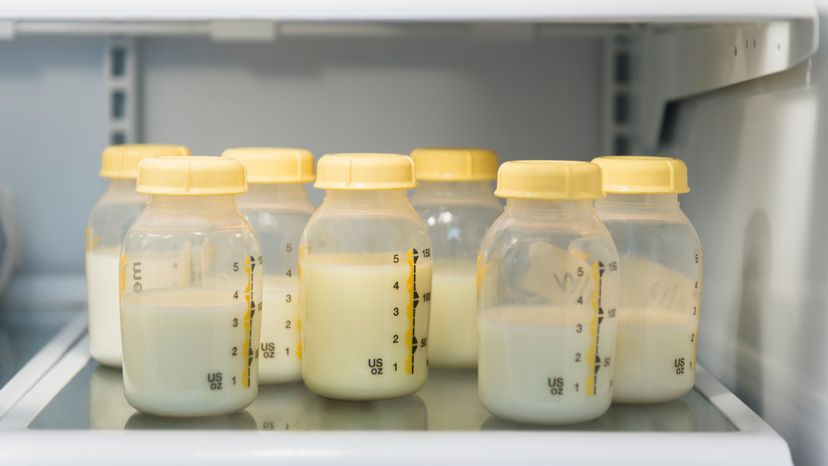
Are you a lactating lady concerned about wasting perfectly good breast milk? Then get ready to roll up your sleeves and whip up some very local fromage.
It's Mommy's Milk Cheese courtesy of NYC Chef Daniel Angerer whose wife once found herself with an abundance of pumped breast milk after giving birth to a baby girl. They first planned on donating it to an infant milk bank collecting for babies in Haiti. But with required long checkups and a small freezer, the milk was accumulating fast.
Advertisement
For Angerer and his wife, aged and cultured breast milk seemed a natural answer to reuse, and with his restaurant patrons requesting samples, he figured why not and began serving Mommy's Milk Cheese. The New York Health Department on the other hand, though without an official code that forbids the practice, decided the queso was controversial and asked him to stop serving it.
Unless you fall into the queasy camp, breast milking moms who are curious to make their own can. Here is the recipe via Angerer's blog:
Advertisement